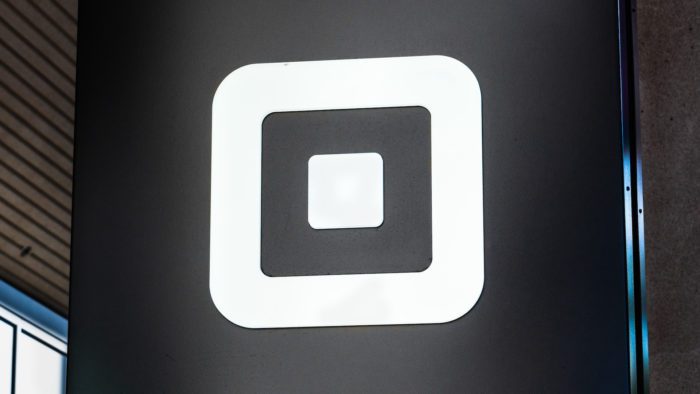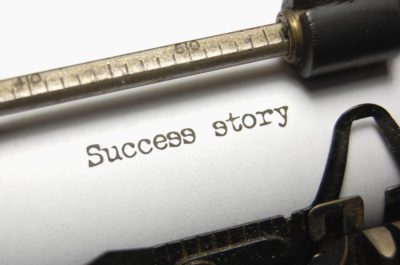Square proves that the best business innovations are the ones we don’t even notice. If you’ve bought a cup of coffee from a local cafe lately, you’ve probably engaged in a familiar ritual. You hand your card to the barista. They swipe it on a little white dongle plugged into an iPad, and then they swivel the screen to face you. You add a tip, scrawl something vaguely resembling your signature, grab your drink, and head out the door.

The entire process is quick and painless, eliminating the need for you to rummage around in your wallet for the appropriate bills and change. But who do you have to thank for this totally seamless transaction? Look no further than Square, founded in 2009 by Twitter founder Jack Dorsey and his friend and former boss Jim McKelvey.
Before Square hit the scene, if a small-business owner wanted to accept payment by credit card, it was a clunky, costly process. To accept plastic, merchants had to register, which was an expensive, difficult headache that most people simply couldn’t afford. This resulted in thousands of dollars in missed sales for vendors. And it was an annoying hassle for customers looking to easily make a purchase.
The Origin Story

“I knew what it was like to be a small merchant and be excluded from commerce because I didn’t have a credit card system,” says computer engineer Jim McKelvey, who once had a glass-blowing side hustle. He once failed to make a $2,000 sale because the buyer didn’t have cash on hand — a frustrating outcome he vowed never to repeat. So McKelvey, backed by celebrity CEO Dorsey and iOS engineer Tristan O’Tierney, built the application that would eventually become Square.
Since the beginning, Square has always been about efficiency and ease of use. All you need is a free white dongle that connects to any iPhone, iPad, or Android device. Instead of charging sneaky fees, Square uses a straightforward, transparent payment model. It’s one more time-consuming inconvenience scratched off business owners’ lists.
Square proves that solutions to common problems have the power to revolutionize the way we do business. Since its inception, the company has experienced insane growth, becoming almost ubiquitous with merchants of all types in just a few years. It now boasts over 600 employees and a valuation of more than $26 billion.
A Crash Course in Business Innovation

It all comes down to making a daily process easier for everyone involved. No business owner wants to register to accept credit cards. Fewer people want to walk around with cash in their pocket. Square removes these everyday obstructions to commerce, allowing customers and businesses to connect as quickly and easily as possible.
So what can we, the owners of small and midsize businesses, learn from a multibillion-dollar success story like Square? We don’t have the CEO celebrity clout of Jim McKelvey. And we’re unlikely to drum up millions of dollars in investment while forcing the credit card companies to rewrite the way they work. But you can draw a two-step lesson from their Cinderella story:
- Identify a common problem amidst a key demographic.
- Create a simple solution to that problem.
Too many entrepreneurs start thinking up solutions before they’ve even identified the problem. Analyze and break down an obstacle into its constituent parts. Then you can formulate an answer that will stick.
To innovate, you need to see beyond the ordinary paradigm. If Square is any indication, your product needs to not only be a powerful, compelling solution to the problem you’ve set out to solve, it needs to do so with as little effort as possible on the part of the customer. And ease of use should always be at the top of your mind, regardless of what you’re selling.

If you can provide a service or product that streamlines the work and lives of those around you, you’ll quickly become invaluable. In Square’s case, less time and money wasted on fees and document-wrangling allows small business owners to get back to making money. It’s this basic concept of simplification that has made Square a no-brainer for so many merchants.
The Takeaway
Finding a simple solution to an everyday problem can lead to extraordinary results. Square’s success proves that if you offer an elegantly designed service that saves customers and businesses time and money, you can fundamentally change the way small businesses operate for the better.






